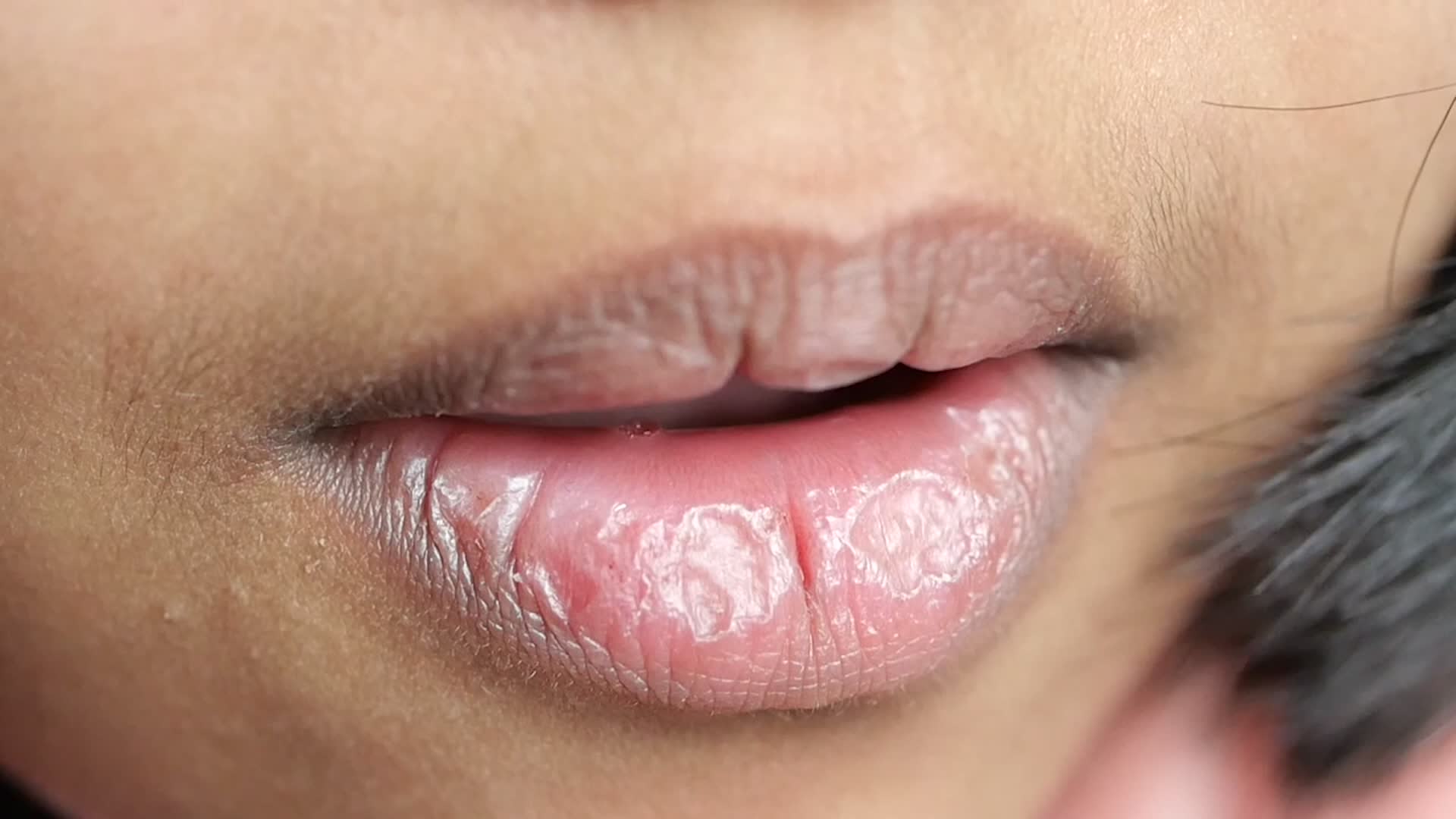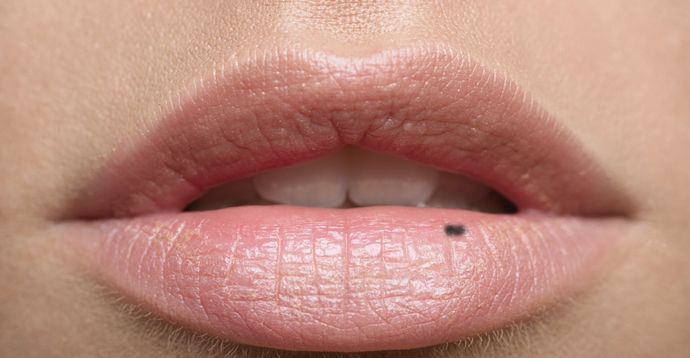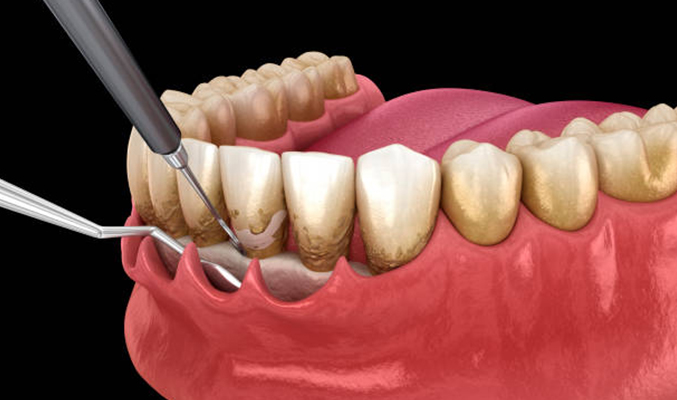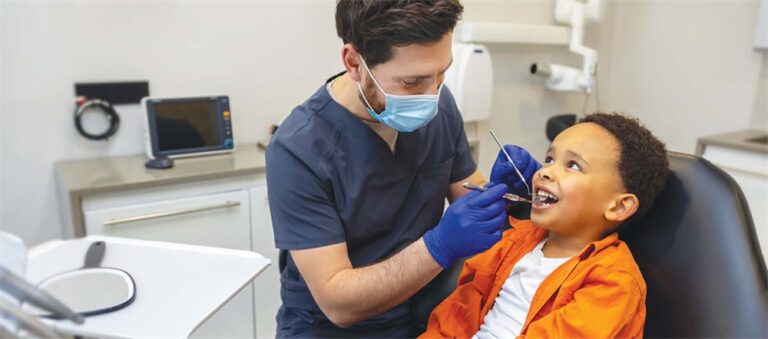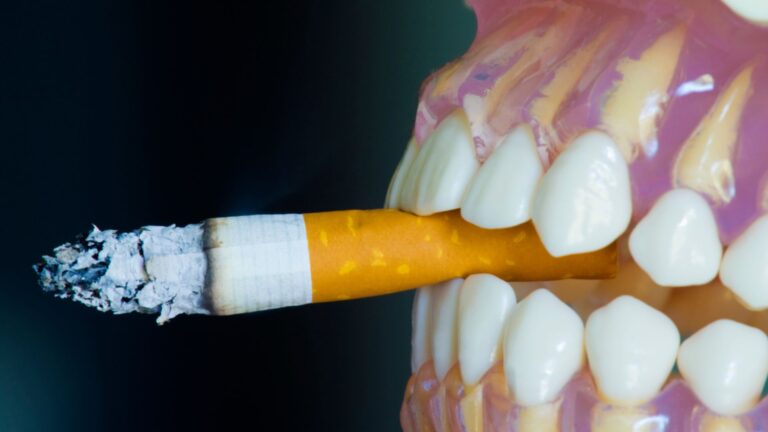If you’ve noticed white stuff on your lips, you’re not alone. Many people experience this issue at some point, and it can be caused by a variety of factors. Understanding the underlying causes, diagnosing the issue, and knowing the available treatment options can help you address the problem effectively. This comprehensive guide will explore these aspects in detail to provide you with a clear understanding of why this occurs and how to manage it.
Understanding White Stuff on Lips
White stuff on lips can appear as a residue, patches, or even a thick coating. It’s important to identify the nature of this white substance to determine the cause and appropriate treatment. Here, we’ll break down the common causes and offer insights into what might be causing your symptoms.
Common Causes of White Stuff on Lips
- Dry Lips
Dry lips can lead to white flakes or a white coating, especially if you’re not moisturizing them regularly. The skin on your lips is delicate and prone to drying out, which can result in visible flakes or a white appearance. - Oral Thrush
Oral thrush is a fungal infection caused by Candida yeast. It can lead to white patches on the lips, tongue, and inside the mouth. These patches are usually creamy or cottage cheese-like and may cause discomfort or a sore feeling. - Leukoplakia
Leukoplakia is a condition where white patches form on mucous membranes, including the lips. This can be a response to irritants, such as tobacco, or other factors. It is important to have leukoplakia evaluated by a healthcare professional, as it can sometimes be a precursor to more serious conditions. - Cold Sores
Cold sores, caused by the herpes simplex virus, can result in white or yellowish crusting once they begin to heal. These sores are often painful and can be accompanied by itching or burning sensations. - Chapped Lips
Chapped lips, often caused by environmental factors like cold weather or dehydration, can sometimes appear with a white residue or flakiness. This is due to dead skin cells and dryness. - Bacterial Infections
Certain bacterial infections can cause white spots or patches on the lips. These infections may also be accompanied by other symptoms such as redness, swelling, or pain. - Allergic Reactions
Allergic reactions to foods, cosmetics, or dental products can result in white patches or swelling on the lips. Identifying and avoiding the allergen is key to managing these reactions.
Diagnosing the Cause
Proper diagnosis is essential for effective treatment. If you’re experiencing persistent or troubling white stuff on your lips, it’s advisable to seek medical attention. Here’s how diagnosis typically proceeds:
Medical Examination
A healthcare provider will start with a physical examination of the affected area. They will look at the appearance, texture, and distribution of the white substance. Based on this initial assessment, they may consider various diagnostic tests.
Diagnostic Tests
- Swab Test
If an infection is suspected, a swab test can help identify the presence of bacteria or fungi. This test involves taking a sample from the affected area to analyze it in a laboratory. - Biopsy
In cases where leukoplakia or other potentially serious conditions are suspected, a biopsy might be performed. This involves taking a small tissue sample from the affected area for further analysis. - Blood Tests
Blood tests can help identify underlying systemic conditions or infections that may be contributing to the white patches on the lips.
Self-Diagnosis Tips
While self-diagnosis is not a substitute for professional medical advice, you can monitor some aspects at home:
- Observe the Duration: Note how long the white stuff has been present and if it changes in appearance.
- Consider Recent Changes: Reflect on any recent changes in diet, personal care products, or environmental factors.
- Check for Additional Symptoms: Take note of any additional symptoms such as pain, itching, or swelling.
Treatment Options
Treatment for white stuff on lips depends on the underlying cause. Here’s a detailed look at various treatment approaches:
Home Remedies and Over-the-Counter Treatments
- Hydration and Moisturization
For dry or chapped lips, regularly apply a lip balm or moisturizer. Ensure you stay hydrated by drinking plenty of water. - Antifungal Creams
If oral thrush is diagnosed, antifungal creams or oral medications may be prescribed. Over-the-counter antifungal treatments are also available for mild cases. - Topical Treatments
For cold sores, antiviral creams or ointments can help reduce symptoms and speed up healing. These should be applied as soon as symptoms appear. - Avoiding Irritants
If an allergic reaction is suspected, identify and avoid the offending allergen. Switching to hypoallergenic or fragrance-free products might help. - Proper Oral Hygiene
Maintaining good oral hygiene can prevent and treat bacterial infections. Use a soft-bristled toothbrush and avoid sharing utensils or lip products.
Prescription Treatments
- Oral Medications
For persistent or severe cases of oral thrush or cold sores, oral antifungal or antiviral medications might be necessary. These should be used under medical supervision. - Biopsy and Further Treatment
If a biopsy reveals more serious conditions such as precancerous lesions, your healthcare provider may recommend additional treatments or monitoring.
Preventing White Stuff on Lips
Preventing the occurrence of white stuff on lips involves several proactive measures:
Good Lip Care
- Regular Moisturization
Keep your lips hydrated by applying lip balm regularly, especially in dry or cold weather. - Sun Protection
Use lip products with SPF to protect against sun damage, which can lead to dryness and irritation. - Healthy Diet
Eat a balanced diet rich in vitamins and minerals to support skin health and prevent deficiencies that might affect your lips.
Avoiding Irritants
- Allergen Identification
Identify and avoid products or foods that trigger allergic reactions. Keep a record of any new products you use. - Limiting Tobacco Use
Avoid tobacco products, which can contribute to conditions like leukoplakia and increase the risk of oral health issues.
Regular Check-ups
- Routine Dental Visits
Regular dental check-ups can help detect early signs of oral health issues and provide timely treatment. - Monitoring Changes
Pay attention to any changes in your lips and consult a healthcare professional if you notice persistent or unusual symptoms.
When to See a Doctor
It’s crucial to seek medical advice if:
- The white stuff on your lips persists despite home treatment.
- You experience pain, swelling, or other concerning symptoms.
- There are signs of infection or if you have a history of oral health issues.
Early intervention can prevent complications and ensure appropriate treatment.
Conclusion
White stuff on lips can arise from various causes, including dryness, infections, or allergic reactions. By understanding these causes, seeking proper diagnosis, and implementing effective treatments, you can manage and alleviate the condition. If in doubt, consulting a healthcare professional is always the best course of action. By taking proactive steps and maintaining good lip care, you can prevent and address this common issue effectively.





